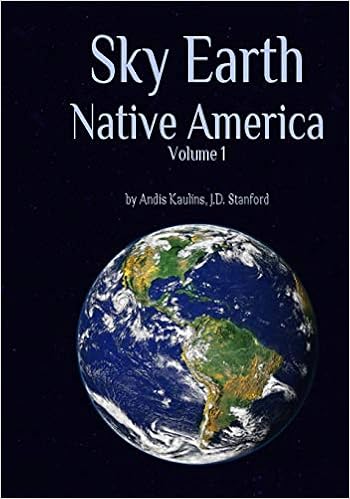It is always of general interest to examine the new annual law school rankings by U.S. News, but frankly, very little seems to change over the years.
We note that The Faculty Lounge Historical Data (relying on WSJ data) notes that there were 138 law schools in 1968-1969 and 201 law schools in 2012-2013. None of the newer (or older) schools has broken into the upper echelons.
U.S. News started its rankings in 1987 and as noted by Christopher Zorn, Law School Rankings Churn , www.lawyermetrics.com via JDSupra in 2014:
"[W]ith the exception of one or two years in the late 2000s — the top 14 schools in U.S. News’ annual law school rankings have been the same since its inception in 1987."And the basic pattern goes back much further than 1987.
When we applied to law school for the 1968-1969 academic year, i.e. nearly 50 years ago, law school rankings were not in vogue yet but long-standing university reputations were. We sent out applications to our selection of 10 law schools (in addition to our undergraduate alma mater), and were accepted by all them. Our list of 10 law schools way back then included 7 of the top 8 law schools (and ties) now found in the 2017 U.S. News rankings and all 10 of those schools are still in the "modern" top 20.
Not only have the top schools stayed pretty much the same, but our experience suggests that the precise law school chosen is not as important as performance in the law school that one attends.
We refer here to a personal example. We chose Stanford Law School from our short list (at that time Stanford, Harvard, Chicago and NYU), while one of our closest friends from childhood days, who had been an undergraduate at an Ivy League school (Yale), chose the University of Chicago Law School.
Three years later found both of us as associates for BigLaw firms in New York City. Indeed, we lived only a few streets apart in midtown Manhattan.
The law school and law firm gauntlet had brought us together again in spite of very different pathways down the preceding road.
Our "career" results at that time were quite similar, as they -- objectively seen -- should have been, since we also went to the same elementary and high schools in the same middle-size Midwestern city in our younger days and had very similar classroom grades, activities, etc.
But how did the law school and law firm selection processes filter us out so similarly, and yet completely independently? We presume that this occurred because law school and law firm ranking and selection processes are successful in what they are designed to do, in spite of the criticisms sometimes levelled against them.
They seem to work, and they do not change that much from year to year.


